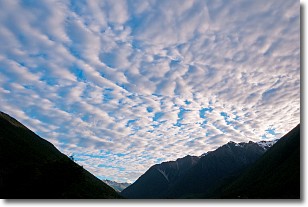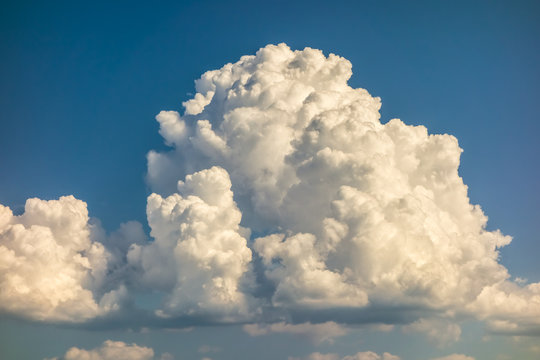Streamers of precipitation trailing beneath clouds that evaporate before reaching the ground
Stages to a thunderstorm
Cumulus, mature, and dissipating
This front typically moves at 20-35 miles per hour
Cold Front
This weather theory explains the cause of winds
Pressure Differences (high pressure flowing to low pressure)
A decrease in temperature lapse rate (less than ~ 20 per 1,000 ') will cause this effect on the stability of the air
Increase in stability
This cloud type forms when very stable, moist air is forced upwards on a mountain slope
Stratus

This stage of a thunderstorm is characterized predominately by downdrafts
Dissipating
These conditions are indicative of a cold air mass moving over a warm surface
Cumuliform clouds, turbulence, and good visibility
This force prevents air from flowing directly from a high-pressure area to a low-pressure area
Coriolis Force
Conditions necessary for icing to form on airframe surfaces
Visible moisture and temperatures below 00 C to -200 C
This characteristic of air determines the structure of a cloud as a result of being forced to ascend
Stability
Typically encountered in areas of temperature inversion and near thunderstorms
This type of front is created when two relatively equal air masses meet
Stationary Front
Areas of equal pressure shown on a Surface Prog Chart are identified with lines known as
Isobars
The greatest threats to an aircraft operating in the vicinity of thunderstorms
hail and turbulence
This cloud type would indicate convective turbulence
Towering cumulus

This feature is normally associated with the cumulus stage of a thunderstorm
Continuous updrafts
The boundary between a dry air mass and a moist air mass
Dry Line
The type of wind system associated with a low-pressure area in the Northern Hemisphere
Every physical process of weather is accompanied by or is the result of this phenomena
Heat Exchange
Standing lenticular altocumulus clouds are a good indication of what activity
Strong turbulence
The minimum distance that should be maintained between intense radar echoes before attempting to fly through thunderstorms
40 miles
The type of front is typically associated with a warm air mass trapped by colder air behind and cooler air ahead
Cold front occlusion
A jet stream and associated clear air turbulence is sometimes visually identified in flight by this type of cloud formation
Long streaks of cirrus clouds

The R44 POH provides guidance for high winds or turbulence in which Safety Notice